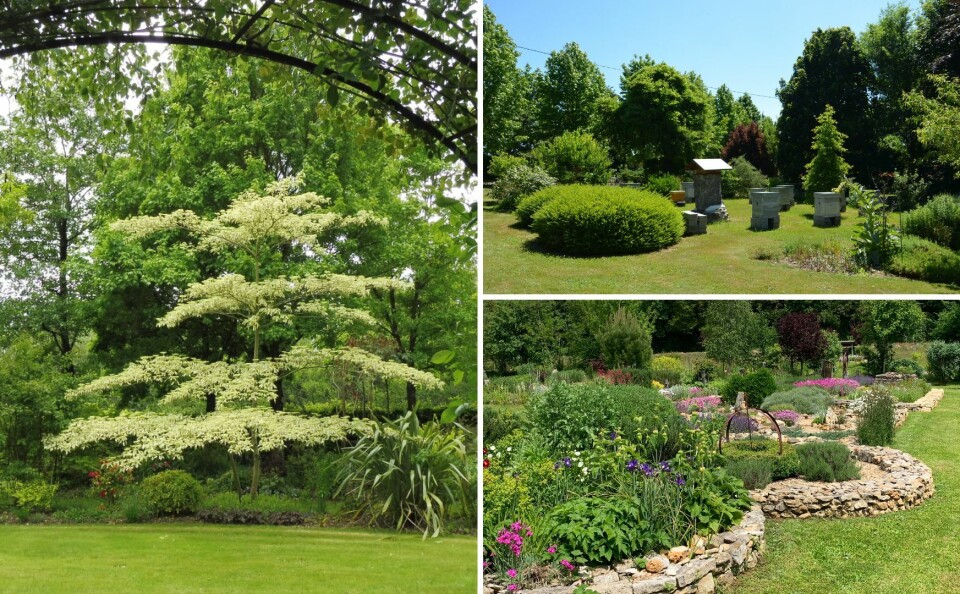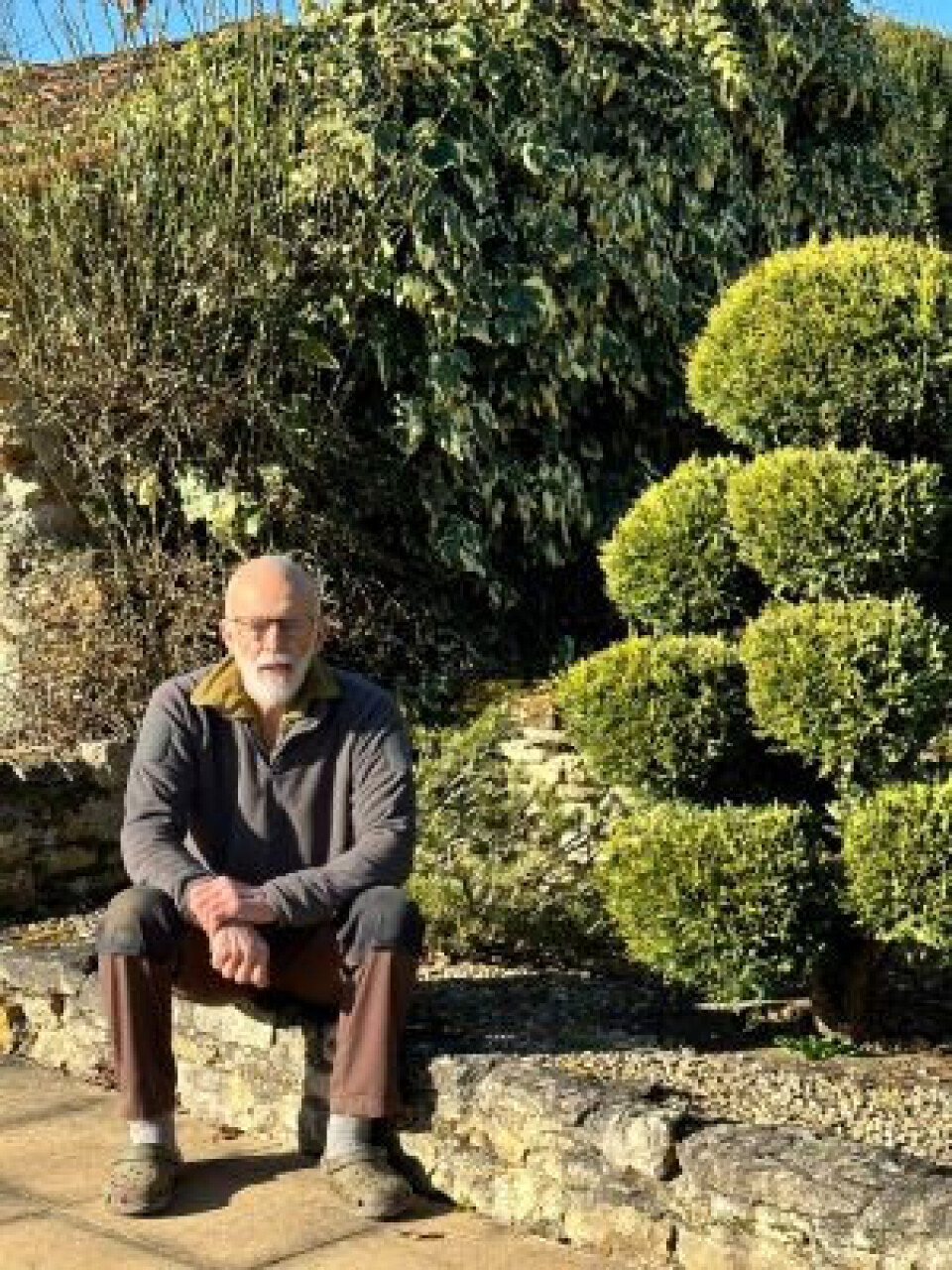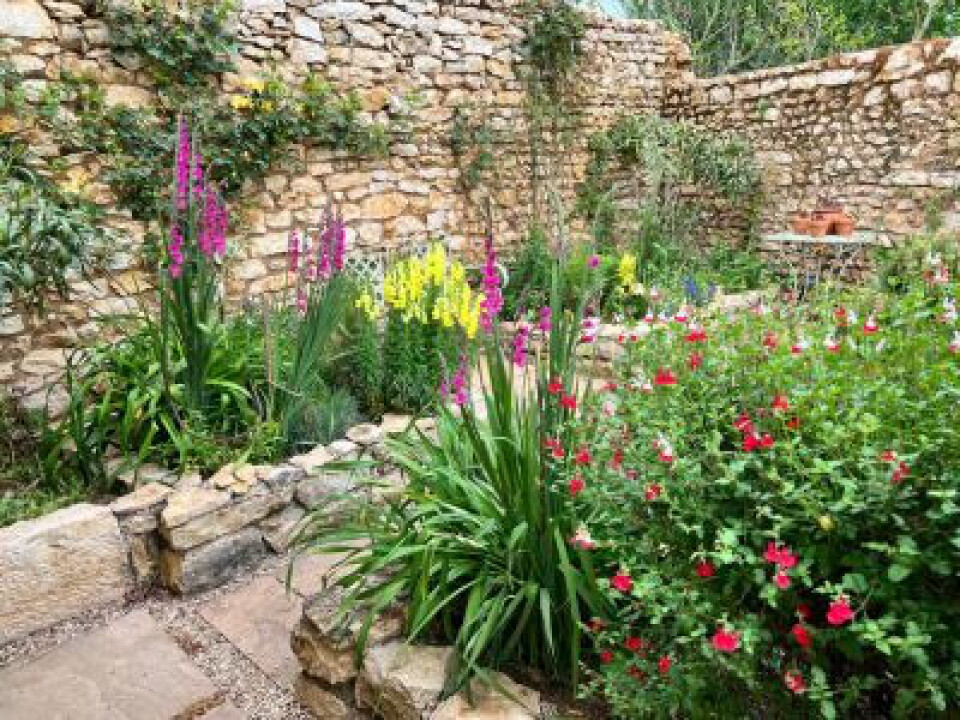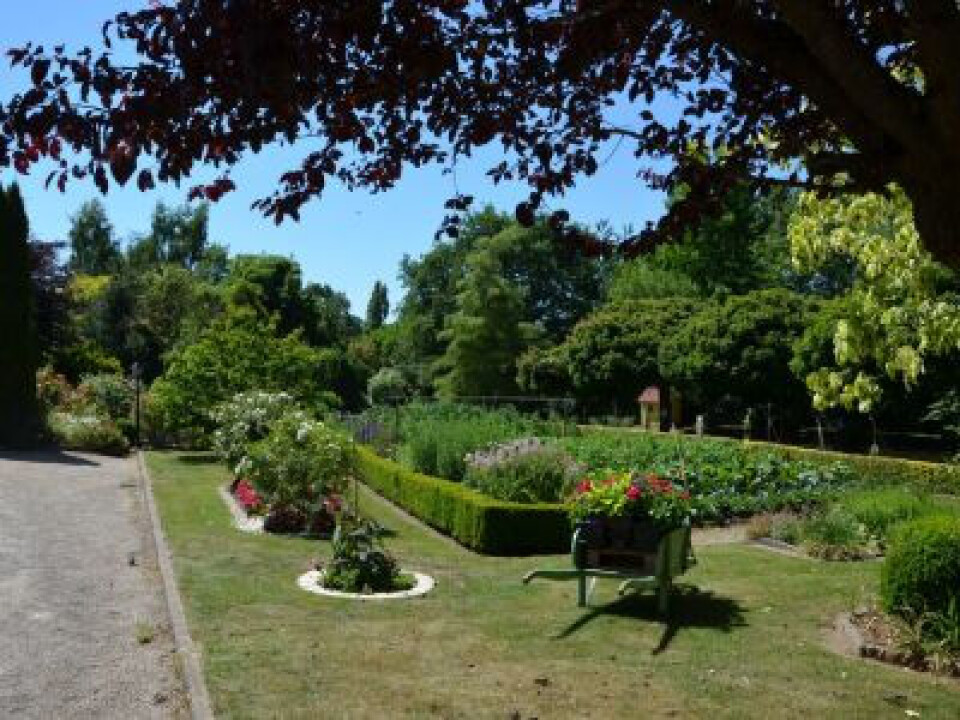-
The origins and meaning of tirer les marrons du feu
As Christmas approaches, we look at a phrase to describe someone who takes advantage of a situation
-
All wrapped up for Christmas: how to protect your plants in France this winter
Discover effective methods to shield your garden plants from winter frost and cold, ensuring their survival and health through the chilly months
-
Preparing your French garden for the festive season and the year ahead
Christmas veg harvest, sustainable Christmas tree options and great deals on outdoor furniture for next summer
Three garden gems to visit in May: Vienne, Mayenne, Loire-Atlantique
We meet the gardeners throwing their gates open to visitors this month and raising money for charity

May is the time to put on your curious and sociable hat again and start visiting gardens open under the Jardins Ouverts scheme. Your €5 day card gives you access to as many gardens as you can manage to visit.
Not only will you make new gardening acquaintances, but you will boost the funds of important French charities, with special emphasis on those helping children.
You may even want to open your garden and join in the fun yourself.
Think less of ‘picture-perfect gardens’ and more of joining a gardening community in France.
Read more: Open Gardens group offers a warm welcome to all volunteers in France
Perfect vegetable garden in Vienne
Paul Robertshaw’s garden in the Vienne (11 Peussicot, 86250 Genouillé; Tel: 05 49 87 28 49) is open Saturday 27 & Sunday 28 May from 10:00 to 16:00.
This garden satisfies not just the French criteria for what makes a good garden – perfectly grown vegetables – but is also beautiful to look at.
Arriving here in 2010, Paul has since devoted a lifetime’s worth of professional landscaping and organic growing experience to creating this little one-hectare paradise on former arable land.
He says: “I didn’t want somebody else’s garden – I wanted space with potential.”
However, the soil was a nightmare. “If you dug a hole to plant a shrub, you’d get a wheelbarrow full of rocks.
“Over time, on an old farm like this, the farmers just plough the land to death, so I had this claypan that I was never going to master.”

Photo: Paul Robertshaw has changed the way he gardens in response to climate change; Credit: Paul Robertshaw
One solution was raised beds
The beds are the result of a great deal of drystone walling experience, but since recycling and ‘making do’ are massive themes here, the beds had to be created slowly, as and when materials became available.
Knocking down a piggery or an old outbuilding – or going begging at friendly neighbours with a wheelbarrow – each activity brought a wall slowly closer to completion.
Throughout this last winter and into February, the Robertshaws have been eating chard, lettuces, many different kinds of salad leaf, kale, broccoli, carrots, leeks, and winter greens, made possible by the raised beds and Paul’s 12m by 9m polythene tunnel.

Photo: Raised beds were Paul’s solution to poor soil; Credit: Paul Robertshaw
Only vegetables get precious water
“Everything I plant here – except for the vegetables – gets no water after the first year.
“The 16,000 litres of water that I save in winter, by collecting the run-off from the barns, goes directly onto the vegetable beds and the polytunnel.
“We have to ‘re-look’ how we garden, I believe, as a result of the way the climate is changing.
“Think of microclimates within the larger garden then use shrubs and tall grasses to give more delicate plants shade in the hottest part of the day.”
Paul’s unstoppable imagination expresses itself not just in the garden structures which he has fashioned, but the garden art which pops out at you from the smallest corner, creations in repurposed metal and wood.
A visit promises inspiration on many levels.
Read more: Five drought management tips for gardens from a French plant expert
World of trees and shrubs in Loire-Atlantique
Mary & Joël Pruneau’s garden in the Loire-Atlantique (9 Rue de la Bouguinière, 44340 Bouguenais; Tel: 06 24 73 08 85) is open Saturday 27 May from 9:00 to 12:00 and 14:00 to 18:00.
Here you will discover a world of trees and shrubs as diverse as any botanic garden, including many species of oak, Metasequoia, Sequoia, Gingko biloba, Davidia involucrata, and an example of one of the world’s oldest conifers, once thought extinct, Wollemia nobilis.
The land was inherited from Joël’s paternal grandmother and Mary relates that, although the couple feel they have both been ‘cradled’ in gardens since their childhood, when they first arrived much of the present garden was simply a field, given over to a neighbour’s goats.
When that neighbour retired, they took back the field and began to plant trees that grow locally, such as sessile and pedunculate oak, birch, maritime pine, and field maple.

Photo: Fastigiate cedars stand tall in Mary & Joël Pruneau’s garden; Credit: Mary & Joël Pruneau
60 types of camellia
Originally, their intention was not to garden the land, but simply to “inhabit it”, Mary says.
However, from 2000 they really began to “catch the bug”, going to plant fairs and buying from specialist nurseries in order to plant more exotic trees and shrubs, including over 60 types of camellia, a special favourite.
A visit to England in 2008 reinforced their interest and each year since then, with the exception of 2020 and 2021, they have spent about six days in Ireland, Scotland or England each year, making friends, acquiring plants.
Unusual propagating tip
Mary likes to experiment with propagation in the garden and often makes cuttings, directly struck in the soil, of subjects such as Erysimum ‘Bowles Mauve’.
She has a propagating tip: replace hormone rooting powder or gel with a little saliva at the base of the stem, or a preparation of water into which you have added chopped and crushed pieces of willow stem.
The couple garden entirely organically, and Mary describes one of their biggest annual jobs as both “a problem and a windfall of good fortune”: Collecting fallen foliage from those many trees used to create garden-nourishing leaf mould.
Read more: Why the French government wants you to clear up your garden
Tranquil, life-affirming garden in Mayanne
The garden of Michel & Simone Paumard in the Mayenne (4 Les Baries, Niort la Fontaine, 53110 Lassay-les-Châteaux; Tel: 02 43 04 04 02) will also be open on Sunday 28 May.
Michel has been gardening this land of 9,600m2 since 1994.
Originally an old apple and pear orchard dedicated to cider production, it was very overgrown when he arrived. “A blank page,” as he delightedly recounts.
Passionate about gardening since his youth, he began this garden with hundreds of cuttings from friends and family, which he planted on the first small 200m2 plot that he cultivated.

Photo: Visitors love the potager in Michel & Simone Paumard’s garden; Credit: Michel & Simone Paumard
Azaleas and rhododendrons flower in May
Visits to some of Paris’ grand gardens inspired him to plant a structure of very young trees, now appreciated in their maturity as a backdrop that encircles a tranquil, life-affirming space.
The soil is deep, easy to work and light: azaleas and rhododendrons flourish without soil improvements and should be flowering in May.
The potager is always highly appreciated by visitors, Michel tells me, and it is in this area of the garden, as well as the rose garden, orchard and beehives that he himself finds the most joy.
Check the Open Gardens website regularly – there are new open days added weekly
Related articles
Follow your nose on a scent-sational tour of France’s spring flowers
The French gardener inspired for 40 years by British winter planting
























